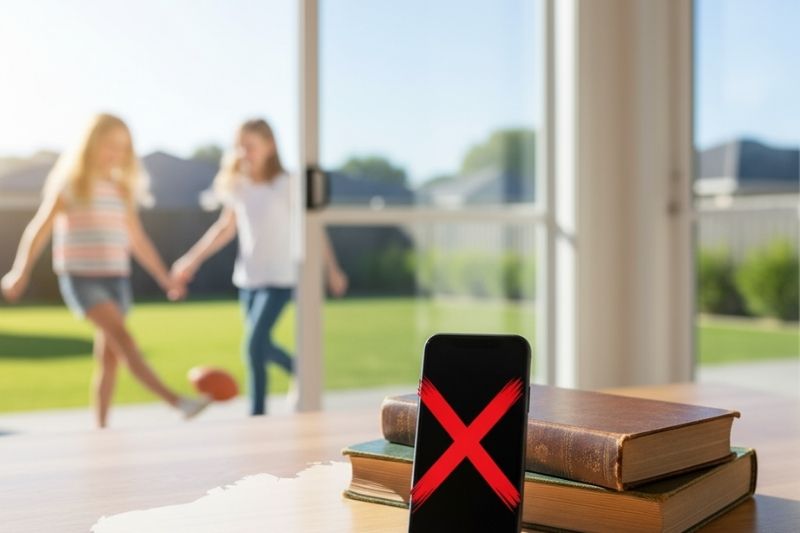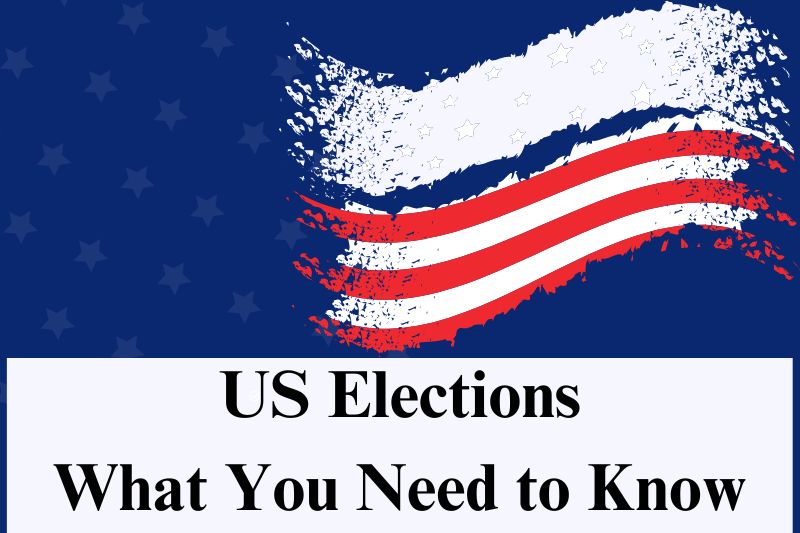Australia social media ban under 16 has galvanized national debate. As of October 2025, the government has set December 10 as the enforcement date for barring use of major social media platforms by those under age 16. Proponents argue the Australia social media ban under 16 is essential to shield teens from online harm. Critics, including tech companies and digital rights groups, warn the Australia social media ban under 16 raises questions about enforcement feasibility, privacy, and rights.
Scope and Legal Framework of the Australia social media ban under 16
The legislation, passed in late 2024, amends the Online Safety Act to create the Australia social media ban as a new “minimum age” requirement. Under the Australia social media ban under 16, platforms must take “reasonable steps” to block under-16 account creation and deactivate existing accounts of minors. The maximum penalty for noncompliance is a fine of up to AUD 49.5 million (150,000 penalty units). While some earlier drafts exempted YouTube, recent government positions appear to include it under the Australia social media ban under 16.
Enforcement Mechanisms & Technical Challenges
The success of the Australia social media ban under 16 hinges on robust age verification systems. But those systems remain uncertain. The law allows platforms to use government ID verification, but also mandates that alternative methods (e.g. AI inference, behavioral data) must be offered. Critics argue that verifying the age of millions of users globally is “extremely difficult,” as Google warned in parliamentary hearings.
Platforms may be asked to infer age using facial recognition, device metadata, or behavior analysis—raising privacy concerns. Some tests of age-scanning tech on Australian students yielded only ~85% accuracy within an 18-month margin. Furthermore, defining which services count as “social media” is debated; platforms that allow interaction and posting by multiple users are included.
Public Reaction, Political Responses & Criticism
Supporters frame the Australia social media ban as a child safety measure. As per Reuters, the government launched a A$14 million “For The Good” campaign to raise awareness ahead of December. Polls show that about 64% of Australian adults back the ban, though many doubt how effective it will be in practice.
Tech giants have spoken out. Google called the ban “extremely difficult to enforce,” arguing it may not improve safety. X (formerly Twitter) urged a delay, citing legal and human rights concerns tied to children’s expression and access to information. YouTube and Meta have lobbied for exemptions or softer interpretations, especially highlighting educational value. Civil society voices warn about digital exclusion, privacy risks, and pushing kids to darker corners of the internet.
Potential Impacts & Unintended Side Effects
One of the primary goals of the Australia social media is to reduce exposure to harmful content – cyberbullying, disordered eating, misinformation. Indeed, recent surveys show that 97% of Australian teens use social media daily; high users report greater psychological distress. However, some research suggests moderate social media use (1–3 hours per day) correlates with better self-control and social connectivity.
Below are likely consequences if the ban is implemented:
- Digital exclusion for youth: Under the Australia social media ban under 16, young people may lose access to community, peer support, or educational content on platforms.
- Workarounds and shadow accounts: Kids might use siblings’ or parents’ logins or shift to unregulated platforms, undermining the ban.
- Privacy fallout: Forced age verification systems can collect sensitive biometric or ID data, spawning new risks.
- Strain on platforms: Smaller tech companies may struggle to build verification systems, triggering consolidation or exit.
- Legal challenges: The ban may face judicial review on grounds of free speech, discrimination, or international treaty obligations.
Timeline, Next Steps & Future Review
The Australia social media ban is slated to take effect on December 10, 2025. Prior to that, the government will release guidelines and regulatory rules for implementing the ban. An independent review of the law’s operation is mandated within two years post-implementation. The government is consulting with industry, academia, and safety bodies to refine compliance expectations. Phase-1 and Phase-2 industry codes related to harmful content will run concurrently with the ban.
What Comes Next for Platforms & Users
Under the Australia social media ban, platforms must prepare:
- Audit and adapt systems to flag potentially underage accounts
- Deploy layered verification: allow ID, estimation, or user attestation
- Provide appeals or alternative steps so older users aren’t unfairly blocked
- Update privacy policies to minimize data collection when verifying age
For users and families, advice includes:
- Monitoring conversations about digital safety
- Encouraging open dialogue about screen use
- Exploring alternative channels and safe, moderated platforms
- Advocating for educational exemptions or safer youth modes
Conclusion
The Australia social media ban under 16 is unprecedented and ambitious. If enforced effectively, it could reshape how youth engage online and set a global precedent. But success depends heavily on technological reliability, legal safeguards, privacy protections, and avoiding perverse effects like underground access. As the world watches, the Australia social media ban under 16 may chart the next path for youth, safety, and digital rights globally.
Keep your eyes on Trending Eyes for real-time insights and analysis.
Post Views: 38





